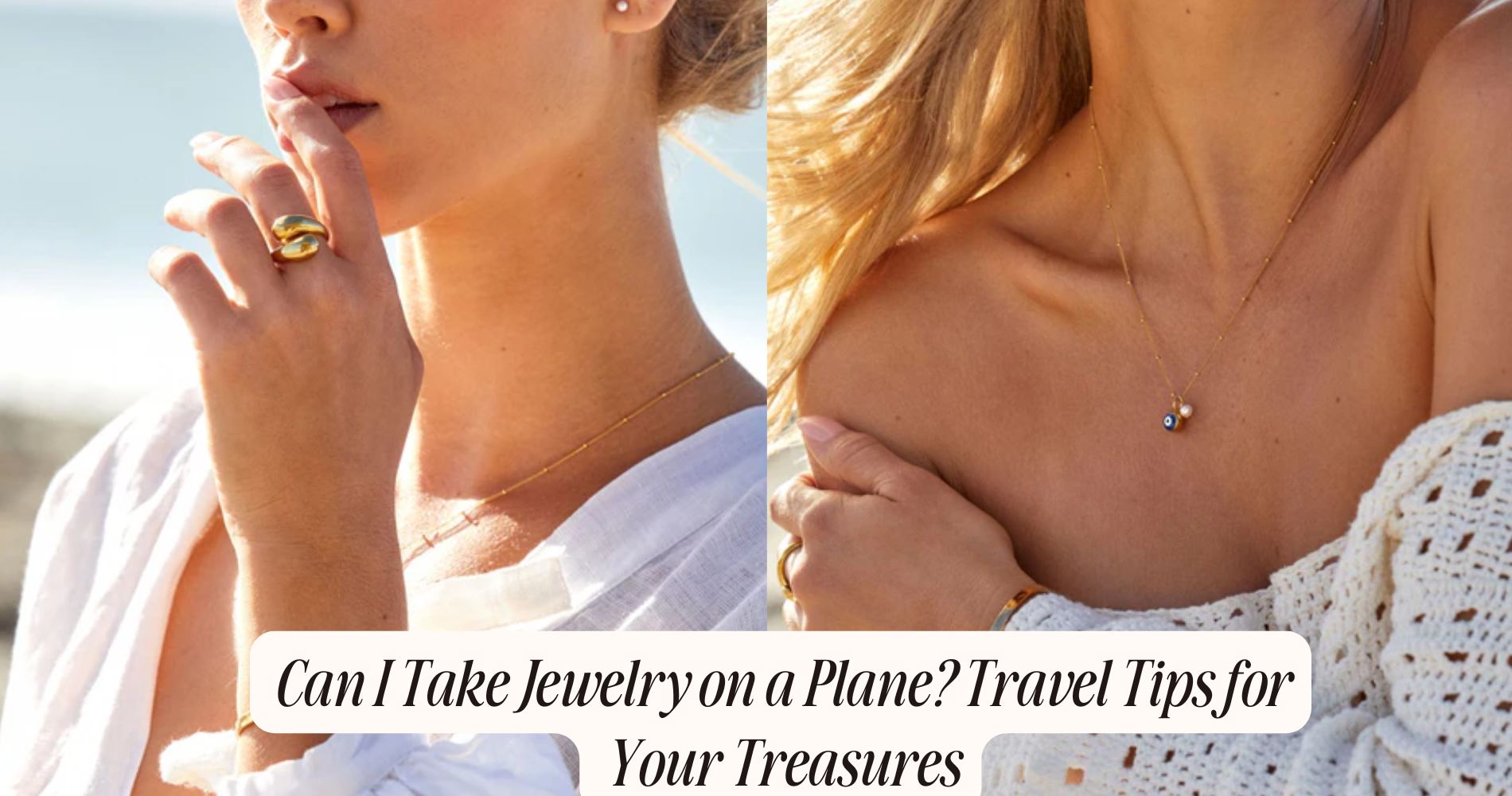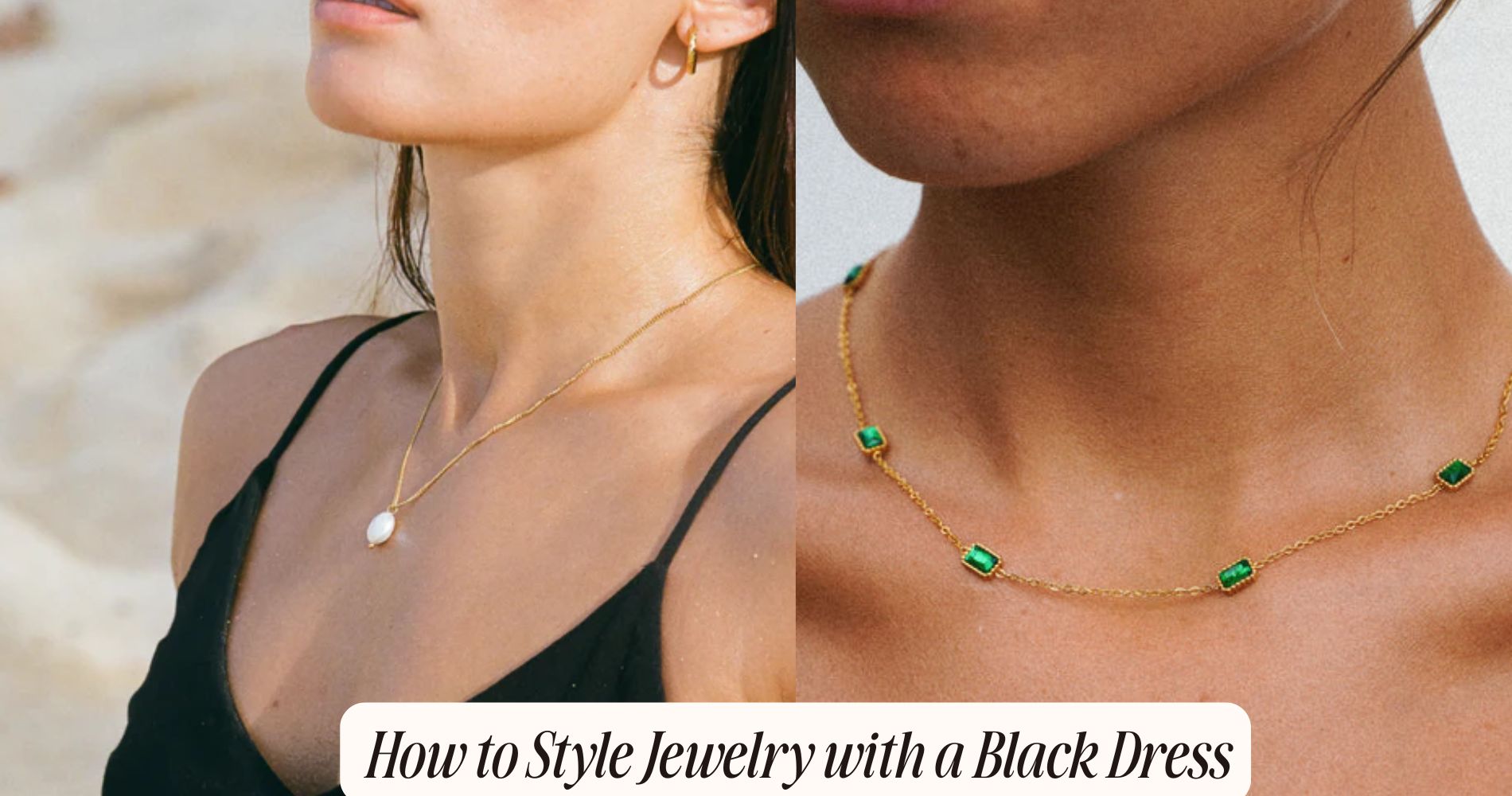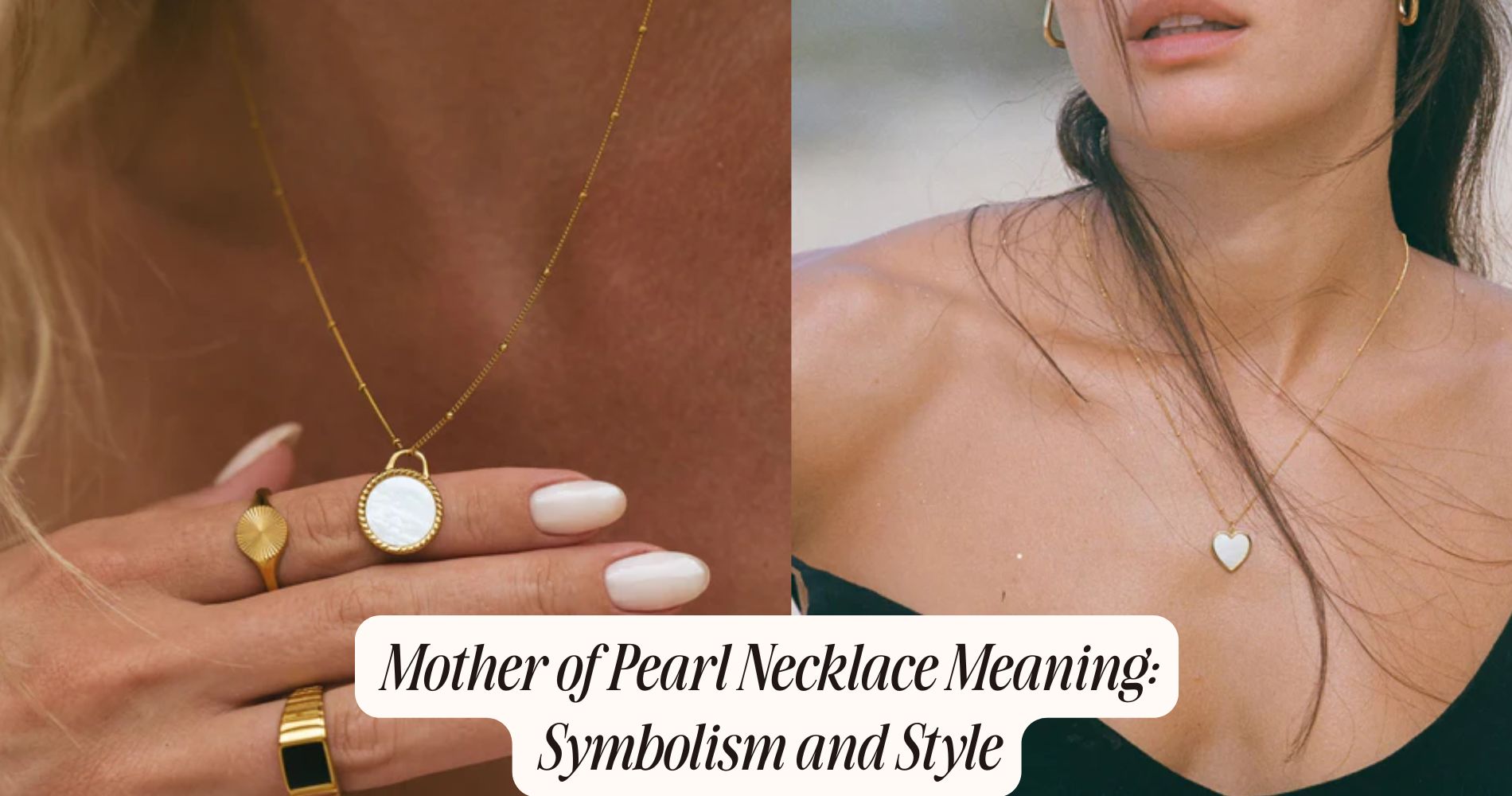
Can I Take Jewelry on a Plane? Travel Tips for Your Treasures
Can i take jewelry on a plane? Yes, you can take jewelry on a plane, but it pays to know the rules. TSA requires you to remove large or bulky pieces at security, like chunky necklaces and stacked bracelets, so pack smaller items in your carry-on for easy access. To protect your treasures, use travel pouches to keep pieces organized and tangle-free. Wearing valuable jewelry simplifies things and minimizes theft risks. Always keep an inventory of your items, including photos, and consider getting insurance for added security. With these tips in mind, you'll travel with your treasures confidently and smoothly—there's plenty more useful information on how to safeguard your valuables in our Hypoallergenic Jewelry collection.
Understanding TSA Regulations
Before you pack your favorite pieces, it's important to understand TSA regulations to guarantee a smooth journey through security checkpoints. The Transportation Security Administration (TSA) has specific guidelines for traveling with jewelry, and knowing these can save you time and hassle.
When you approach the security screening area, be prepared to remove any large or bulky jewelry. This includes chunky necklaces, oversized rings, or stacked bracelets. You'll likely need to place these items in a separate bin for screening.
Smaller pieces, like stud earrings or delicate chains, can usually stay on you during the screening process, but it's best to be cautious.
Additionally, consider packing your jewelry in your carry-on rather than checked luggage. Not only does this keep your treasures safe, but it also allows you to easily access them if needed for security checks.
Remember that while most jewelry is allowed, TSA guidelines prohibit any items that could be deemed dangerous or sharp. By following these regulations, you'll breeze through security and enjoy your trip without the worry of losing your cherished accessories.
Best Practices for Packing Jewelry
Packing your jewelry thoughtfully can protect your precious pieces from damage and tangling during your travels. Start by using effective packing techniques, like separating each item to minimize friction. You can take advantage of travel pouches, which come in various sizes and designs. These pouches often feature compartments or zippered sections that keep your rings, necklaces, and earrings organized.
For necklaces, consider threading them through a straw to prevent tangling. This simple trick keeps them straight and easily accessible. When it comes to earrings, use small pill organizers to keep pairs together and avoid loss. Bracelets can be wrapped in soft cloths or placed in individual sections of your travel pouch to prevent scratches.
If you're traveling with valuable pieces, it's wise to keep them in your carry-on rather than checked luggage. This way, you can monitor your jewelry closely and reduce the risk of loss.
Tips for Keeping Jewelry Safe
Keeping your jewelry safe during travel requires a few smart strategies to guarantee your cherished items remain secure and intact.
Start by choosing a travel organizer specifically designed for jewelry; these compact cases allow you to neatly store and separate your pieces, reducing the risk of tangles or damage.
When you're at the airport, keep your jewelry with you instead of packing it in checked luggage. This way, you'll reduce the chances of jewelry theft, which can be a real concern in busy travel environments. If you're traveling with valuable pieces, consider wearing them instead of placing them in your bag.
Before you travel, make a detailed inventory of your jewelry, including photos and descriptions. This not only helps with organization but also acts as a reference if anything goes missing. Additionally, try to limit the amount of valuable jewelry you take along. Sticking to a few versatile pieces can minimize loss and make your travel experience stress-free.
Lastly, always double-check the hotel safe and never leave your jewelry unattended in public places. With these tips, you'll protect your treasures and enjoy your adventures without worry.
Insurance and Valuation Considerations
While safeguarding your jewelry is essential during travel, considering insurance and proper valuation can provide an added layer of protection for your valuable pieces.
First, you'll want to undergo the appraisal process for your jewelry. This involves having a professional evaluate your items, giving you a documented value that can be significant for insurance purposes. An accurate appraisal guarantees you're adequately covered in case of theft or loss.
Speaking of protection, theft protection is paramount when traveling with jewelry. Many insurance policies offer coverage specifically for jewelry, but it's important to check the details. Some policies may require you to have an appraisal done to qualify for full coverage.
Before your trip, make sure you've secured your insurance documents, noting coverage limits and any requirements for claims. This preparation can save you stress down the line.
What to Avoid When Traveling
Avoid displaying your jewelry in public or wearing it in crowded areas, as this can attract unwanted attention and increase the risk of theft. Many travelers make common mistakes, like showcasing their most valuable pieces when exploring new destinations. Instead, consider sticking to more discreet jewelry types, such as simple studs or a delicate chain that won't catch the eye of potential thieves.
Another mistake is packing all your jewelry together in one compartment of your luggage. Instead, separate your pieces and use travel pouches or cases designed for jewelry. This not only protects them from scratches but also adds an extra layer of security.
Be wary of wearing bulky or statement pieces, especially in unfamiliar locations. While they might be stunning, they can easily draw attention.
Additionally, avoid keeping all your jewelry in one place. Instead, consider dividing it up, storing some in your carry-on and others in your checked luggage. This way, if something goes missing, you won't lose everything at once. By being cautious and mindful, you can enjoy your travels while keeping your treasures safe.
Frequently Asked Questions
Can I Wear My Jewelry While Going Through Security?
Yes, you can wear your jewelry during security screening. Just remember, it might set off alarms. It's wise to keep valuable pieces close to guarantee their safety throughout your journey. Enjoy your travels!
What Types of Jewelry Are Most Commonly Lost During Travel?
When traveling, necklaces and earrings often get lost due to their small size. To protect your treasures, consider travel insurance and use secure jewelry storage solutions to minimize the risk of losing valuable items.
Are There Restrictions for Carrying Antique Jewelry on Planes?
Yes, there are regulations regarding antique jewelry. When you pass through security screening procedures, be prepared for additional checks. Make certain your antique pieces are well-documented to avoid complications during your travels.
How to Clean Jewelry After Traveling?
After traveling, you should gently clean your jewelry with a soft cloth. For better jewelry care, avoid harsh chemicals. Store your treasures safely, ensuring they're dry and secure to prevent tarnishing during travel storage.
What Should I Do if My Jewelry Is Damaged During Travel?
If your jewelry's damaged during travel, assess the damage first. Check insurance options for coverage. Next, consider better packing methods for future trips, like using padded cases or individual pouches to prevent scratches and breakage.
Conclusion
Traveling with your jewelry can be a breeze if you follow the right guidelines.
By understanding TSA regulations and packing smartly, you can keep your treasures safe and secure.
Remember to invest in insurance and avoid risky situations that could lead to loss or damage.
With these tips in mind, you can enjoy your journey without worrying about your precious accessories.
So, go ahead and flaunt your favorite pieces while traveling—just stay savvy and cautious!
























Leave a comment
This site is protected by hCaptcha and the hCaptcha Privacy Policy and Terms of Service apply.